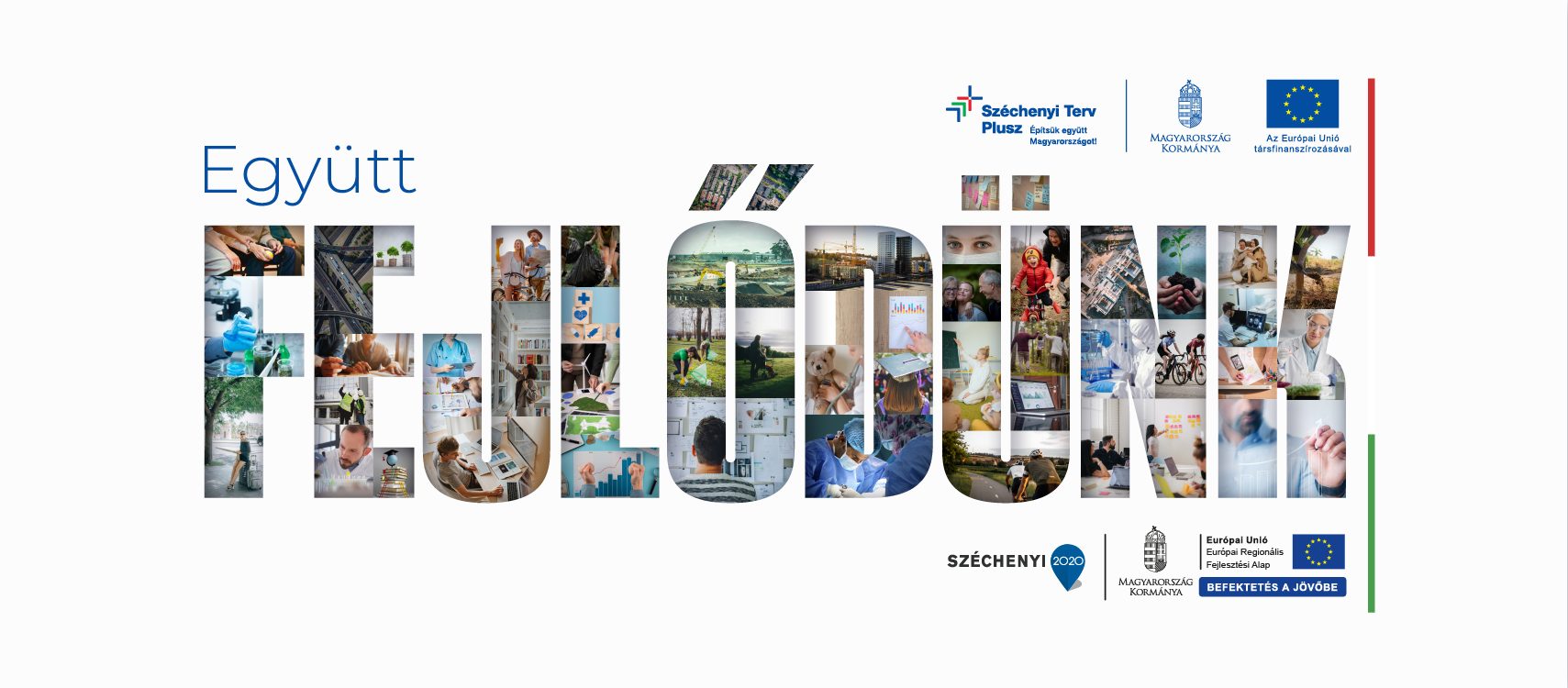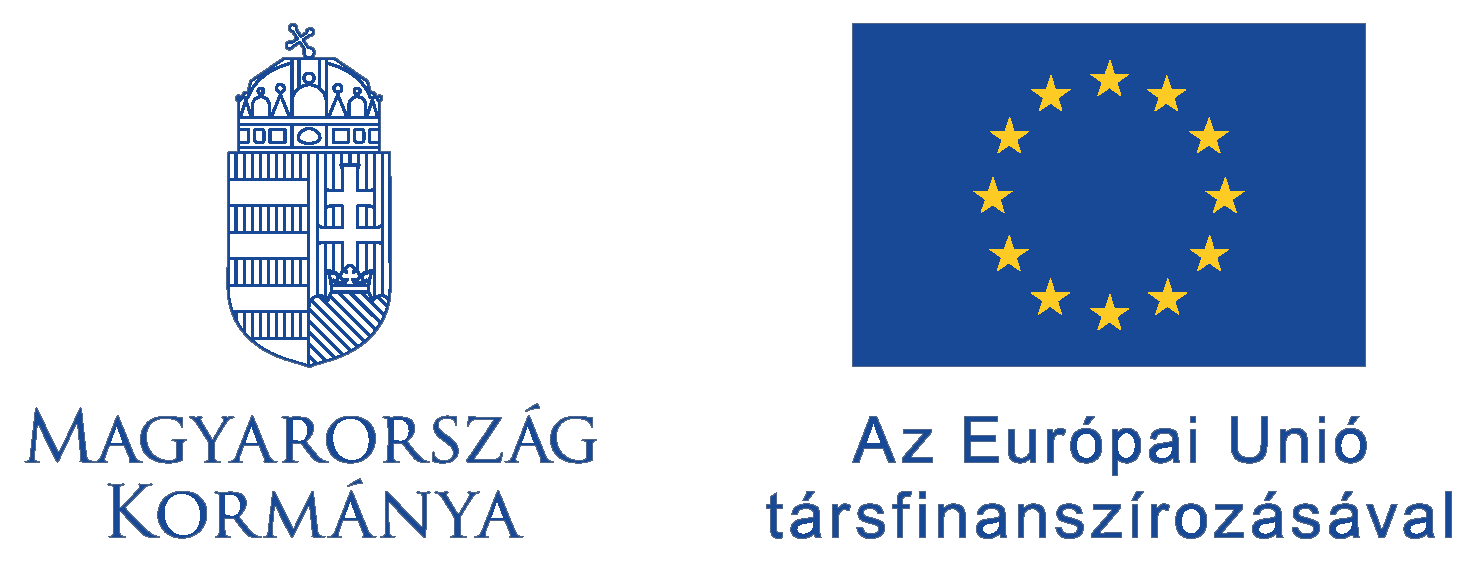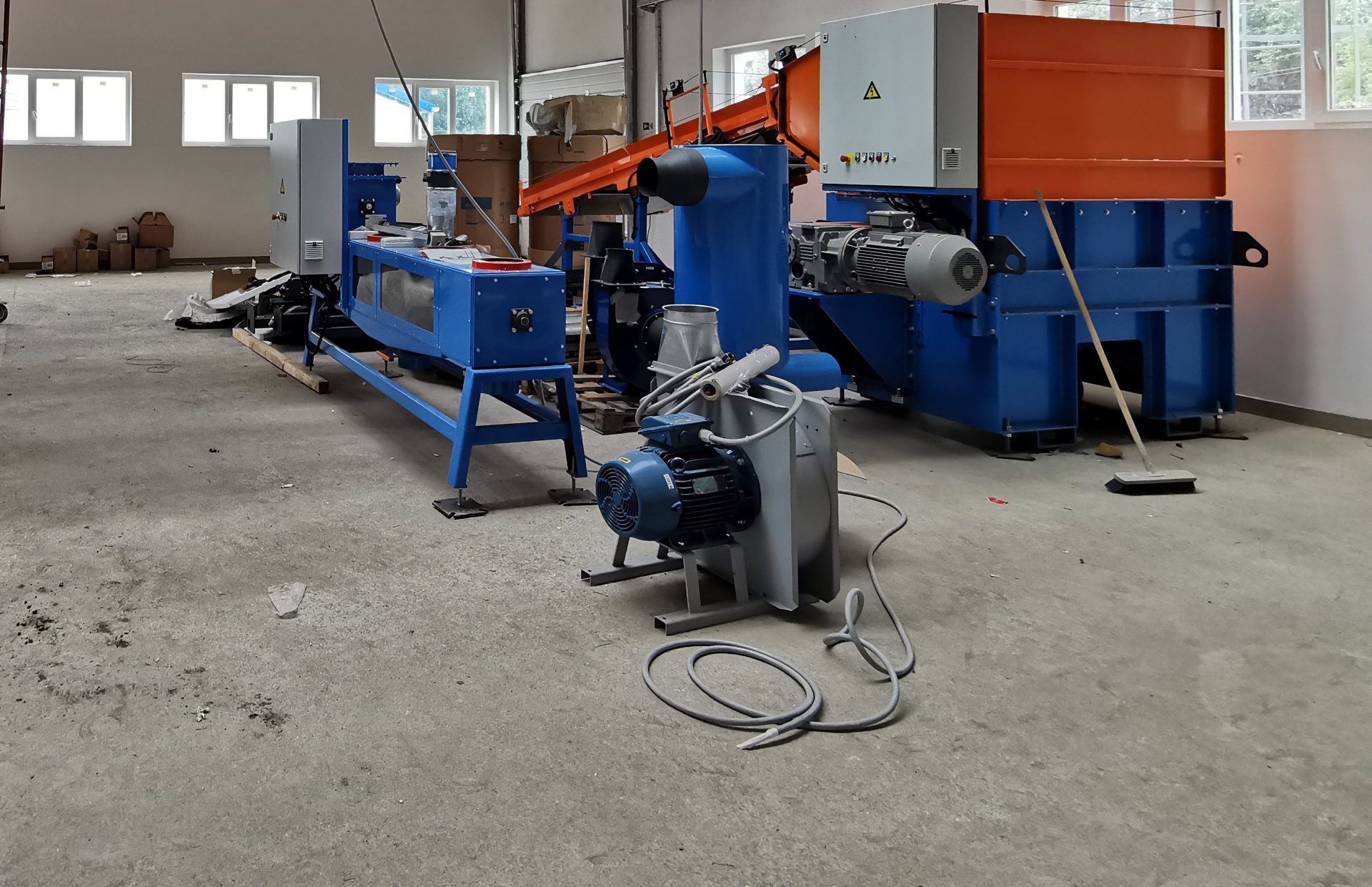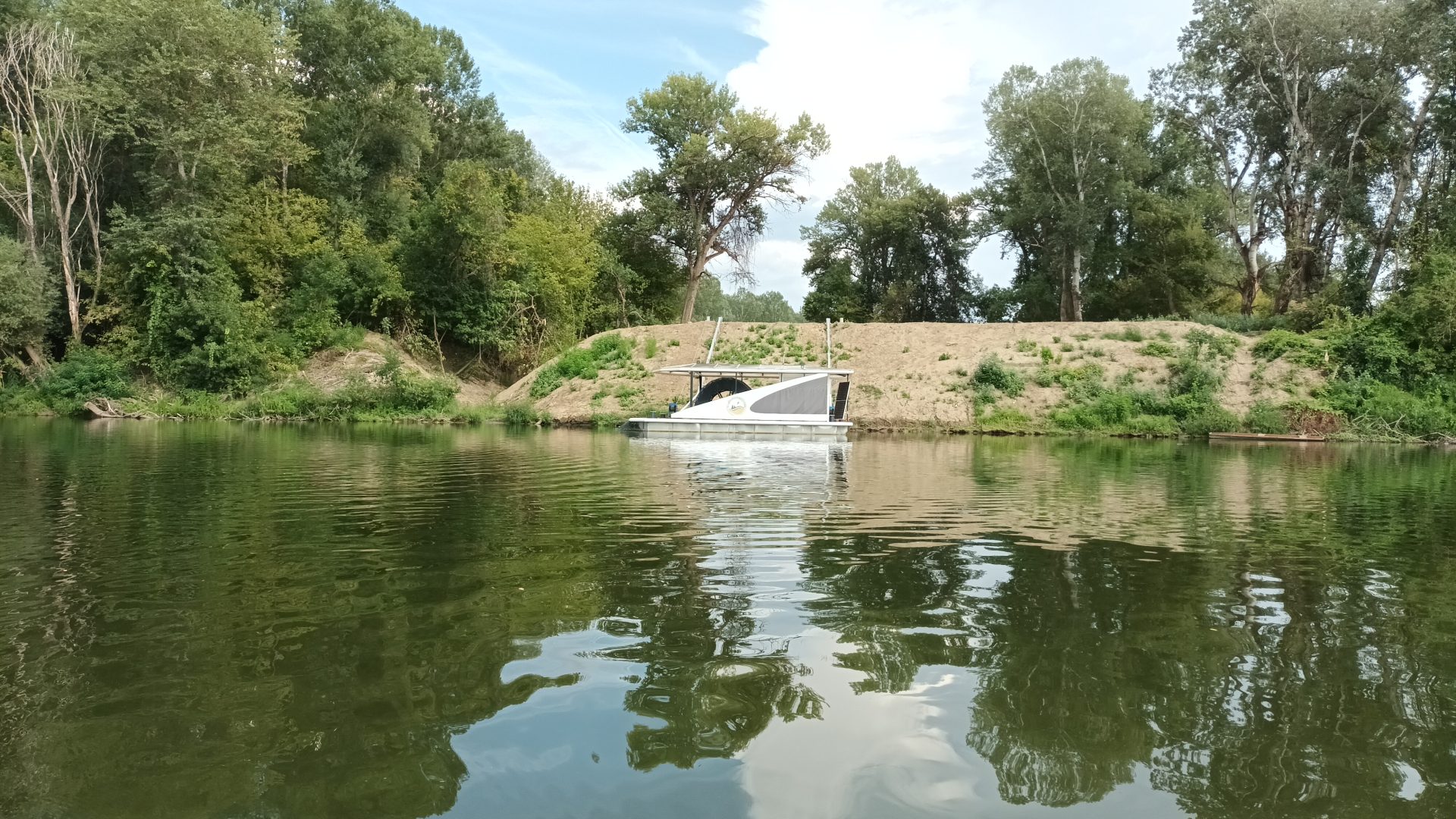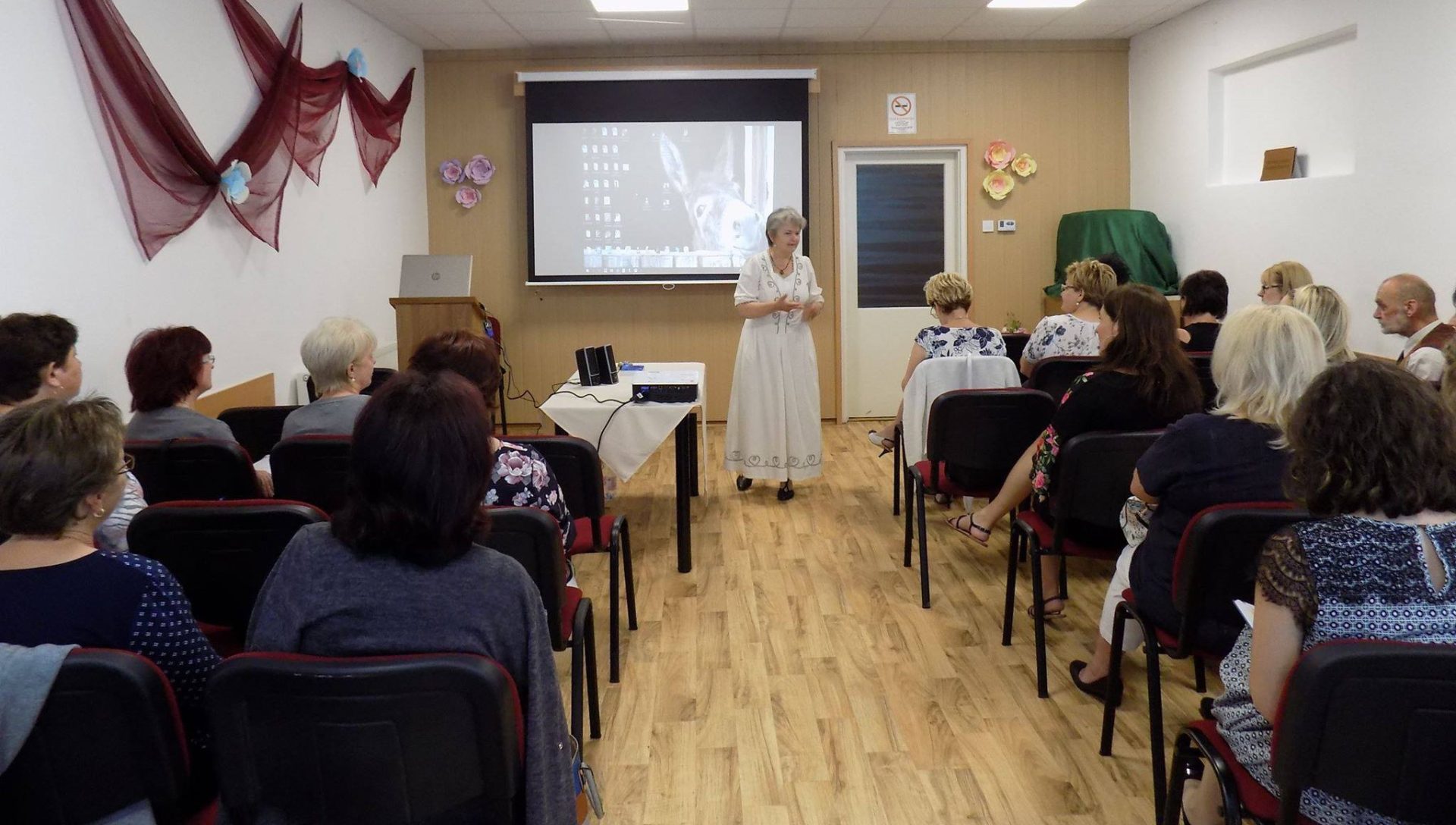With support from the European Union and the Hungarian State, the Duna–Ipoly National Park Directorate carried out a comprehensive habitat development project in the central Ipoly Valley between 2016 and 2021. At the heart of the project was water—floodwater that spills over the riverbanks and is often seen as a problem. The initiative reinforced a different perspective: water is not a threat but a resource that can be harnessed wisely for nature’s benefit, without disrupting human activity. By retaining and managing water intelligently, the project created stable habitats that will help preserve biodiversity in the long term.
The program was launched under the Environment and Energy Efficiency Operational Programme. Its goals included restoring degraded ecosystems, improving the conservation status of protected habitats, and raising public environmental awareness. True to this mission, the project aimed not only to improve ecological conditions through concrete actions, but also to strengthen social acceptance of the Natura 2000 network and showcase the natural treasures of the region.
The development focused on three key sites. On Nagy Island near Drégelypalánk, dredging and water regulation were carried out to create deeper water areas and more stable wetland habitats. At the Csadó Marsh and the alder swamp of Ipolyszög, water retention structures were renovated and dredging was performed, allowing these areas to hold water longer and expanding wetland habitats. At Nagy Lake in Dejtár, shrub removal preserved the open water surface and protected the lake’s valuable ecosystem.
Another pillar of the project was the modernization of the farm at Ipolyvece. By upgrading the Hungarian Grey cattle facility, the project ensured proper wintering and care of the herd—essential for maintaining the surrounding grasslands. Renovated barns, new stormwater reservoirs, improved enclosures, and modern equipment all supported continued grazing. Without grazing animals, these meadows would quickly become overgrown, and many protected species would lose their habitats.
The third main element focused on education and community awareness. Along the Ipoly Bridge hiking trail, new rest areas, observation platforms, updated information boards, and safer crossings were installed. These improvements bring visitors closer to the region’s natural values and help them understand the importance of wetlands through personal experience.
Altogether, the program affected around 926 hectares of protected habitat and significantly improved the ecological condition of the area. Water retention, grassland management, and ecotourism developments all worked together to maintain the balance between people and nature.
The project’s message goes beyond the practical measures: natural forces should not be fought against, but embraced. Floodwaters do not destroy when given space—they nourish, create habitats, and ultimately improve people’s quality of life. The Ipoly Valley shows that sustainability is not about giving things up, but about smart adaptation, where both nature and people can thrive in harmony.
The results of the project are beautifully captured in the short film below.
The development was implemented from EU funding in the project KEHOP-4.1.0-15-2016-00023 under the Environmental and Energy Efficiency Operational Programme.
Find out more about the project in the Project Finder:
